Photo Slideshow: Above the Colorado River
A bird’s eye view of the Colorado River demonstrates how persistent drought conditions affect the basin and how the southern Nevada region manages its share of what trickles down.
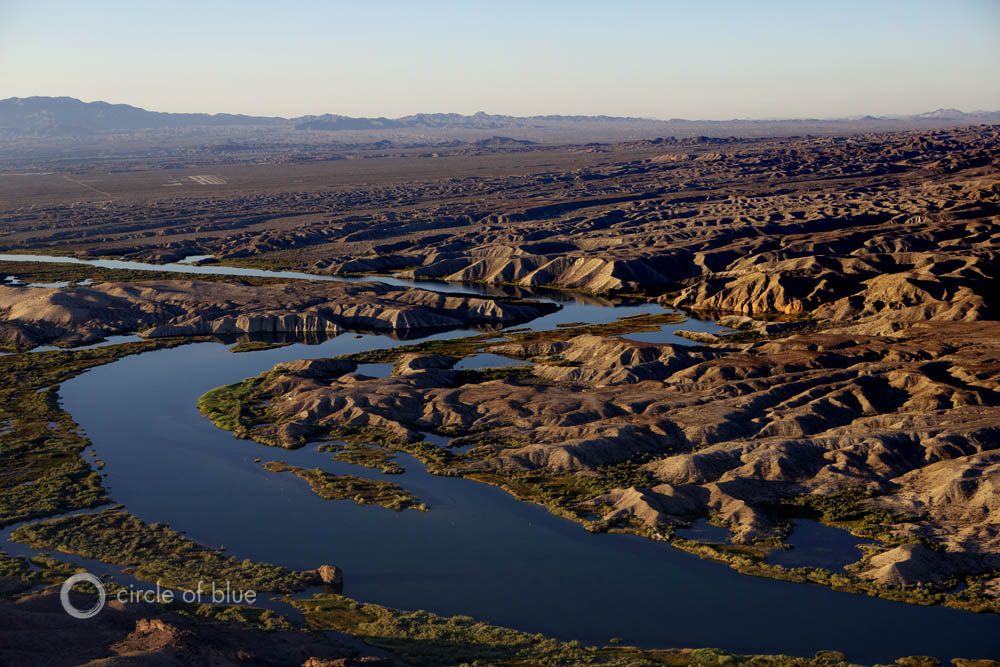
Photographs by J. Carl Ganter
Circle of Blue
The Colorado River supplies water to 30 million people, as well as thousands of hectares of agricultural land. It originates from Rocky Mountain snowmelt in Colorado and Wyoming, flows through Arizona, California, Nevada, New Mexico, and Utah, and spills out into the brackish delta on the Gulf of California, in Mexico. The river spans 2,333 kilometers (1,450 miles), having carved out the steep caverns of the Grand Canyon eons ago.
In 1922, the seven riparian U.S. states entered into the Colorado River Compact, which stipulated how to share the river’s waters and which divided the basin into upper and lower regions for management. Over 100 dams have been built along the river by the U.S. Bureau of Reclamation and the Army Corps of Engineers. However, as flows and lake levels within the basin decline, due to persistent drought and climate change factors, projects like the Hoover Dam on Lake Mead in Nevada are at risk. (See how decreased lake levels have prompted a $US 800 million project to install a third intake in the Hoover Dam in this interactive infographic on the water levels of Lake Mead.)
During a recent visit to Las Vegas and the WaterSmart Innovations Conference, Circle of Blue director J. Carl Ganter joined Doug Bennett, conservation manager for the Southern Nevada Water Authority, for an early morning flight down the Colorado River.
Click through the photo gallery below to enlarge the images. Bennett’s commentary accompanies each photograph.
Follow the photographer’s route.
Explore the natural features of the Colorado River Basin with this interactive graphic from National Geographic.
J. Carl Ganter is co-founder and managing director of Circle of Blue. He is a journalist and photojournalist, recipient of the Rockefeller Foundation Centennial Innovation Award, and an Explorers Club Fellow.

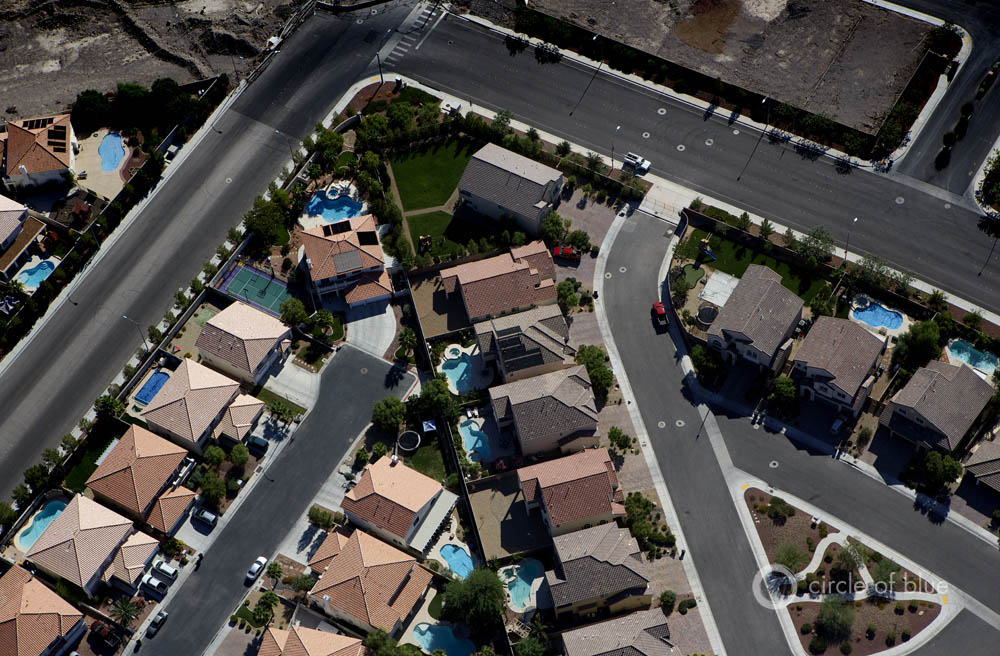
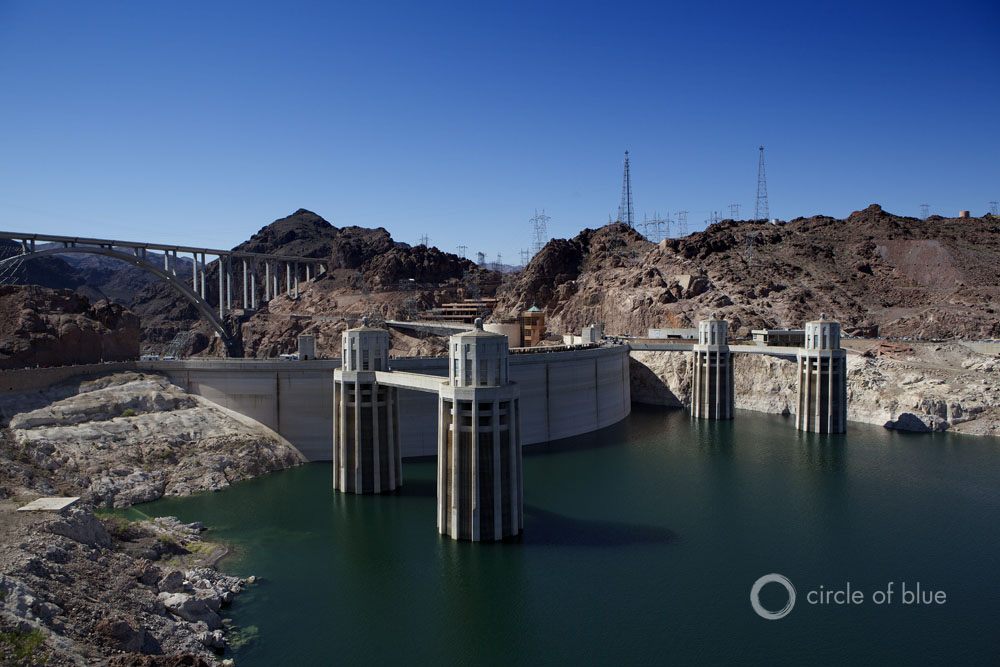
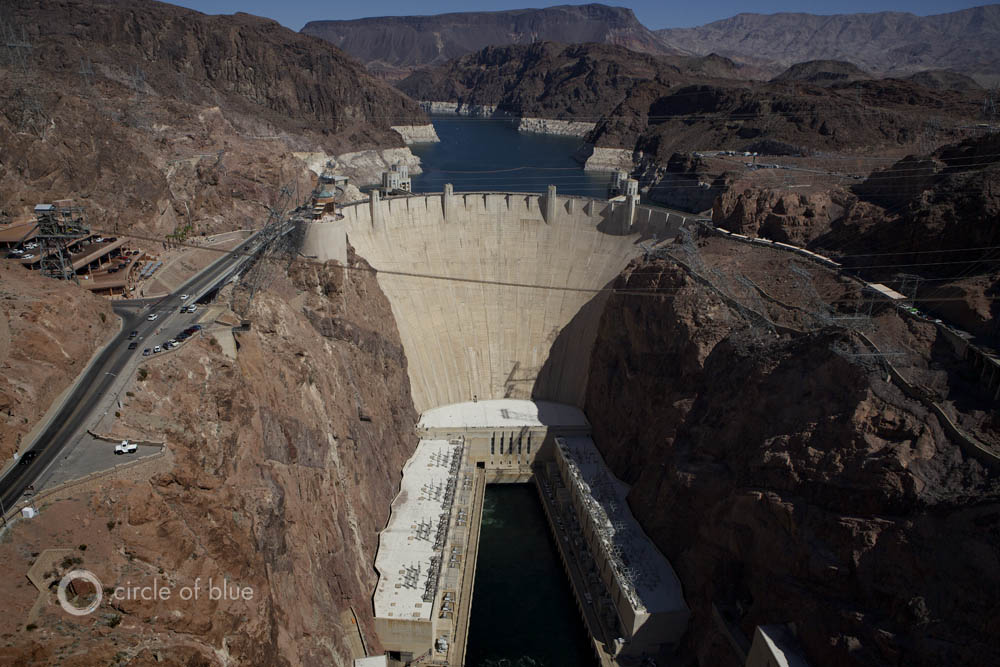
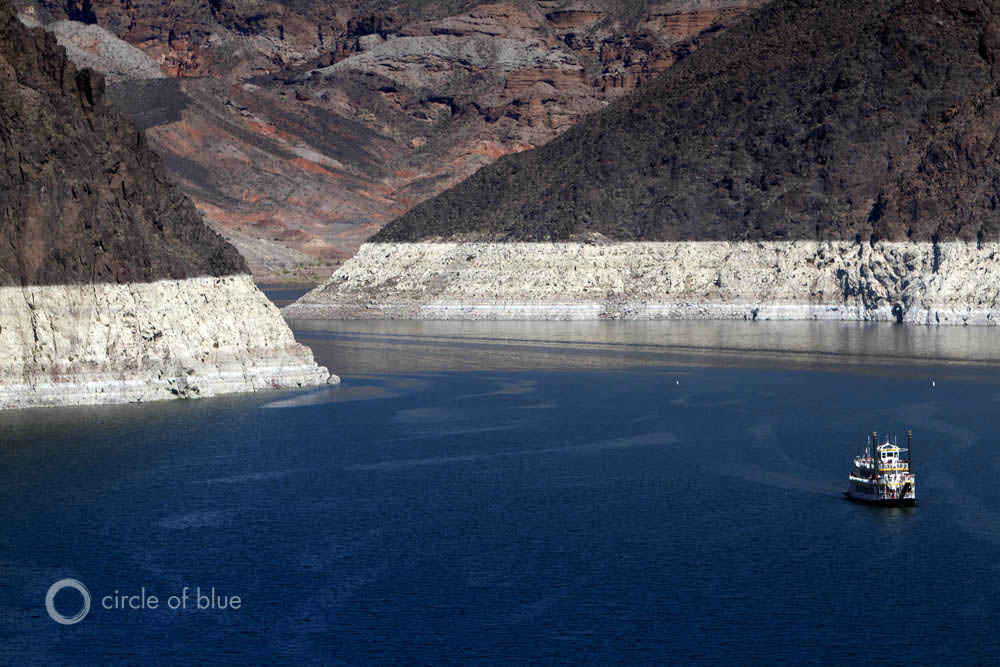
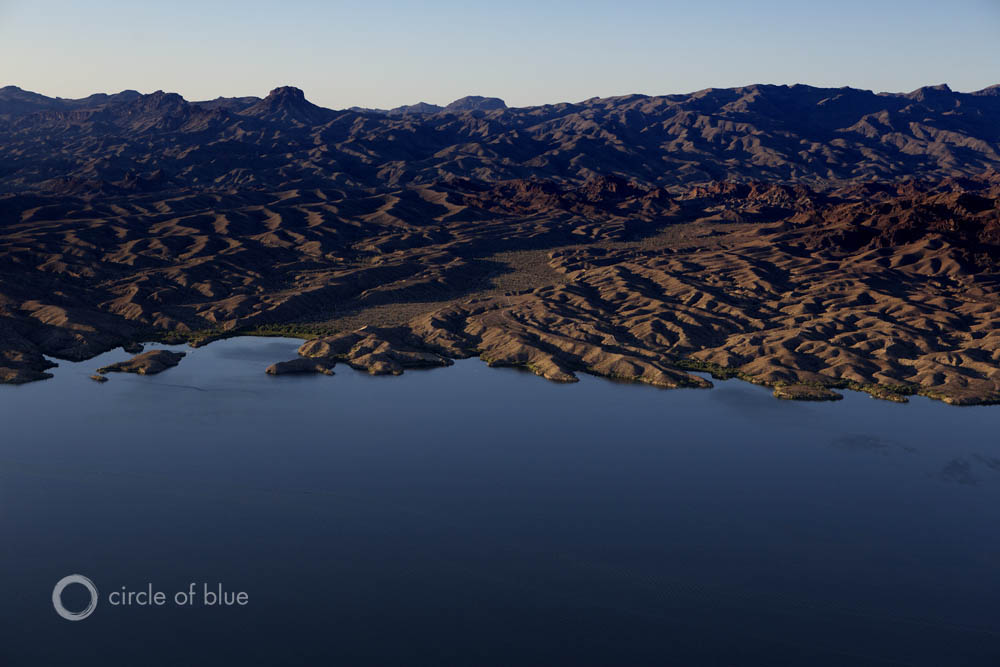
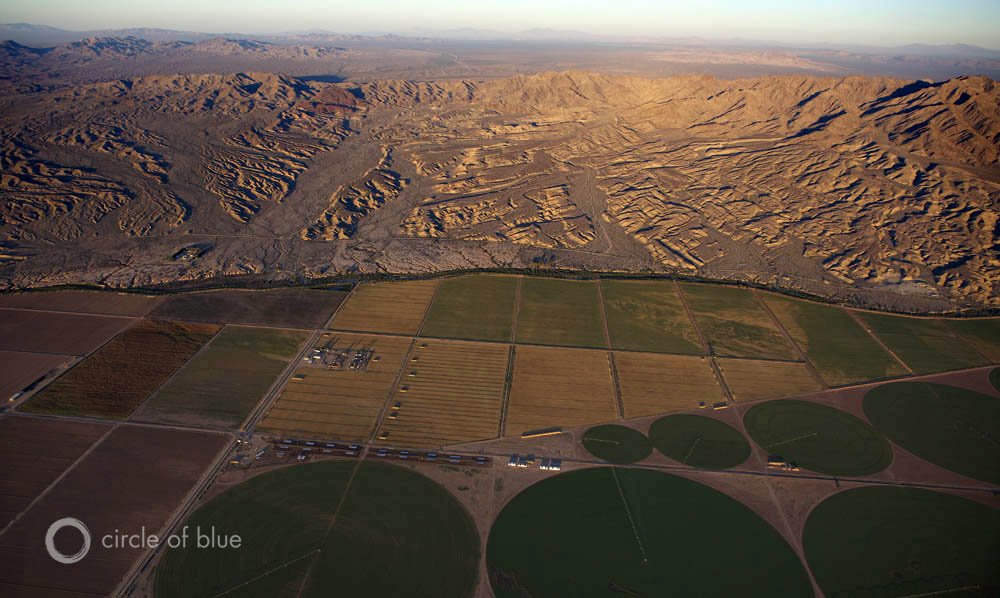
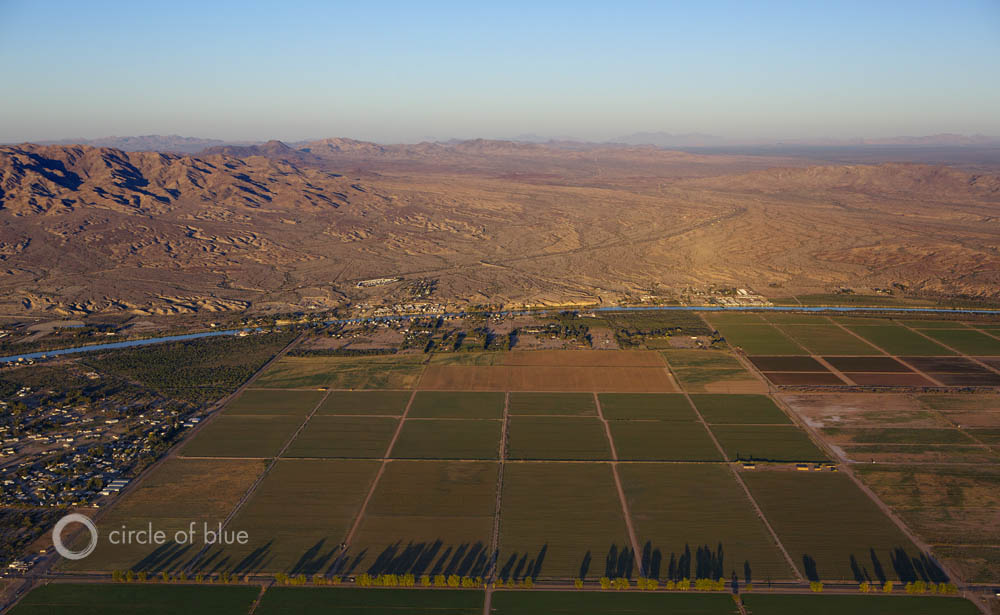
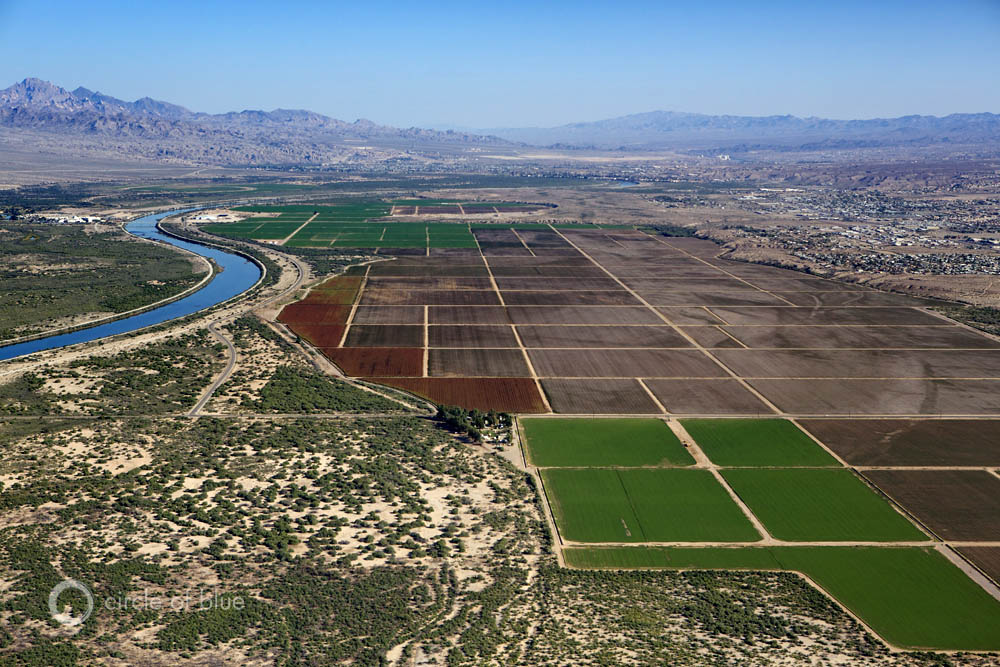
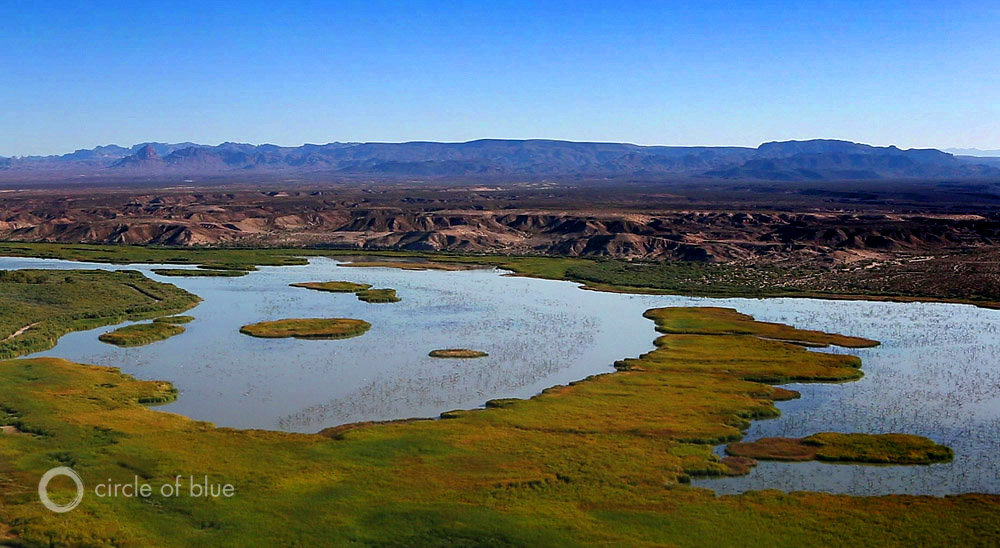
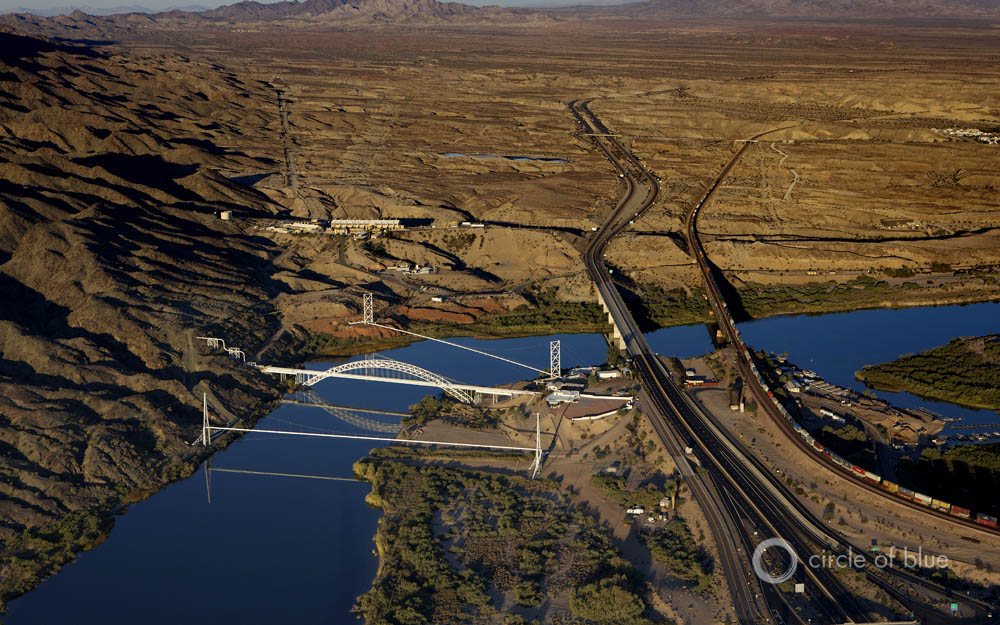
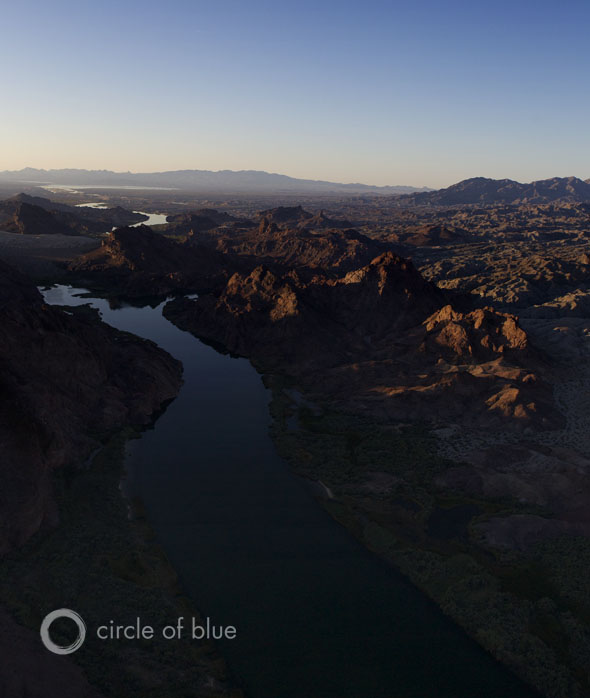
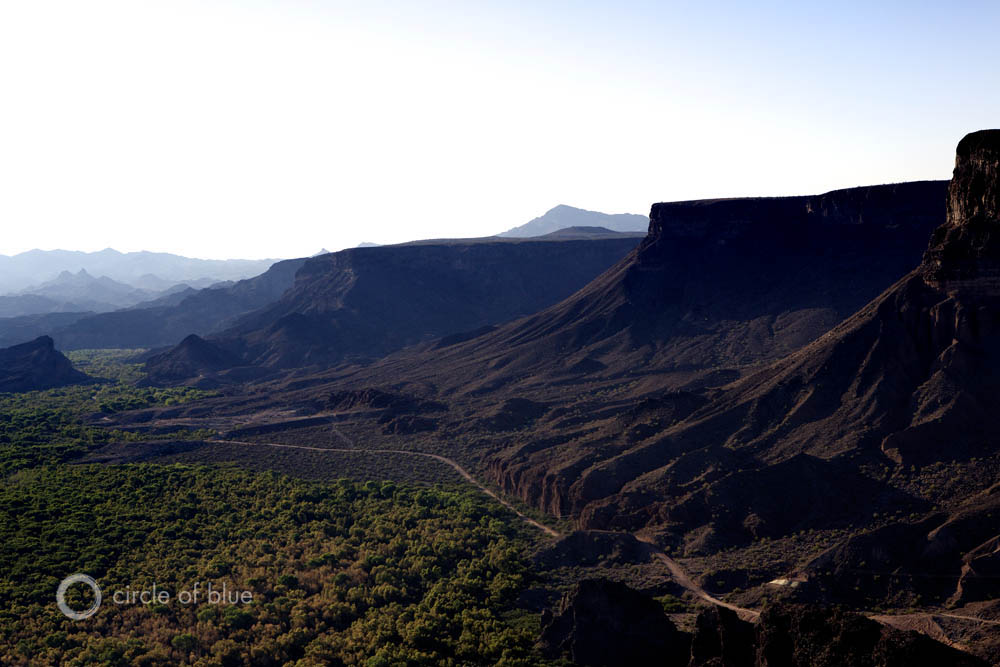
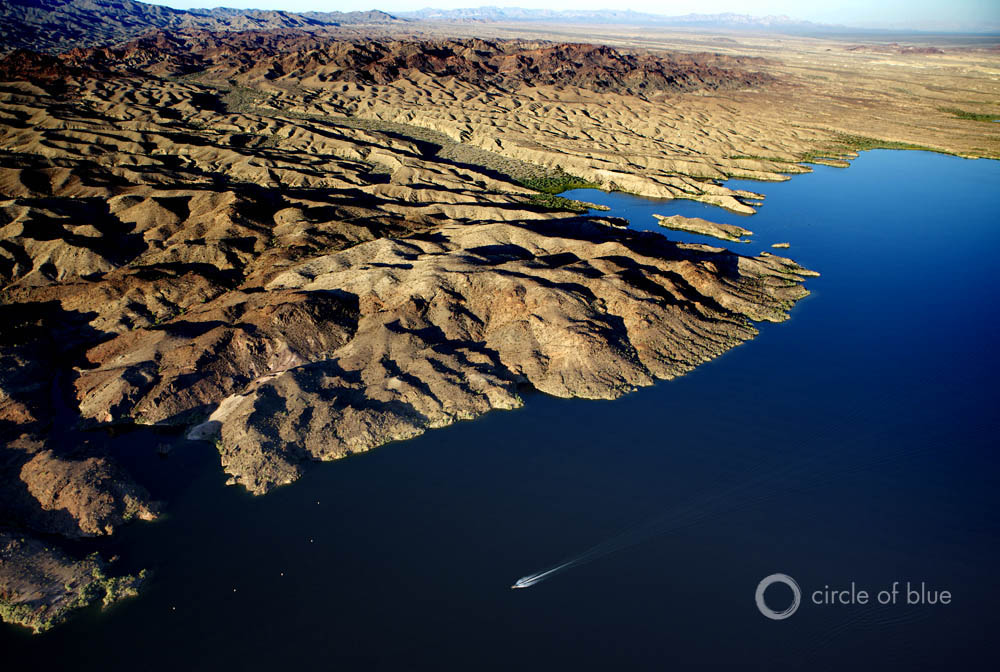
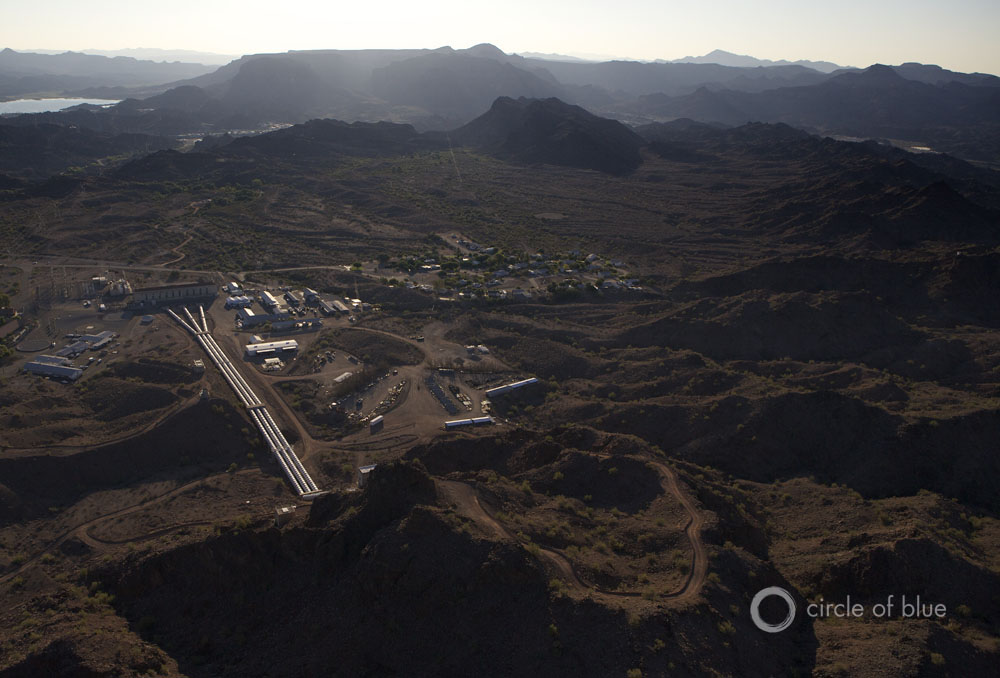
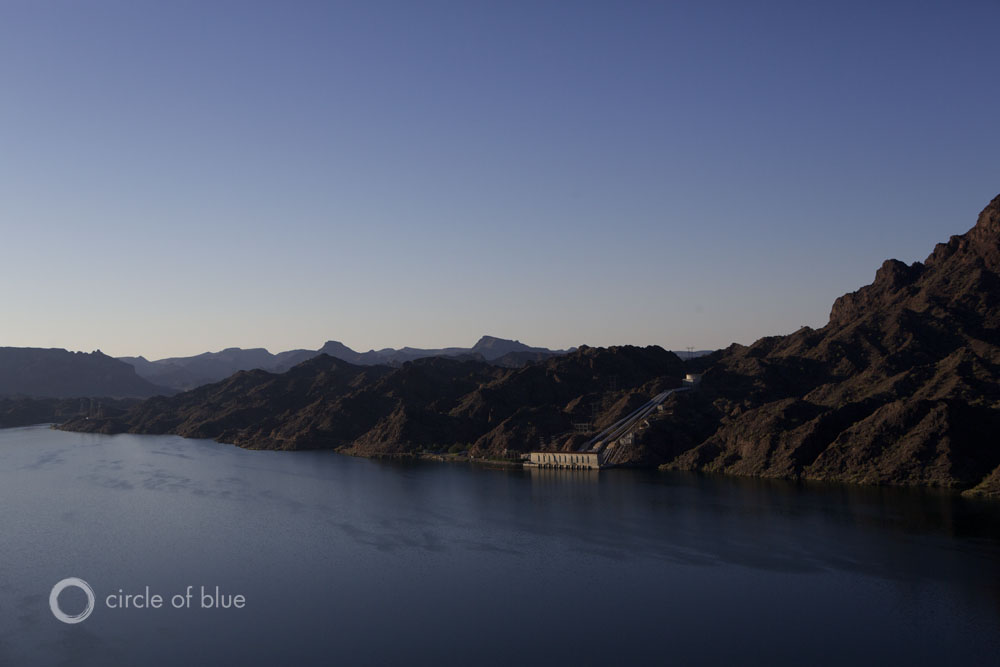
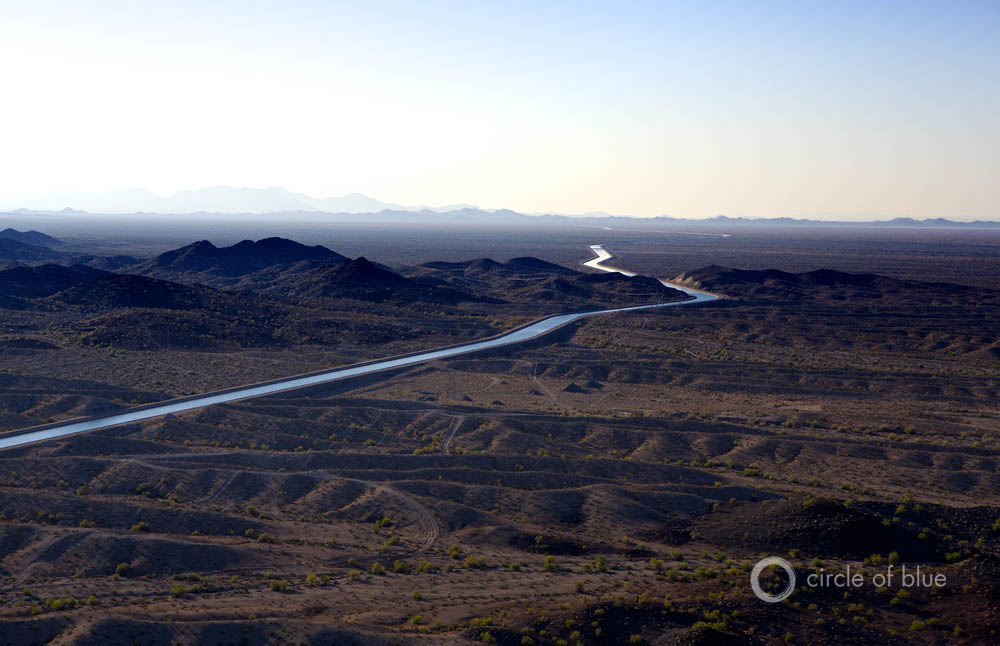
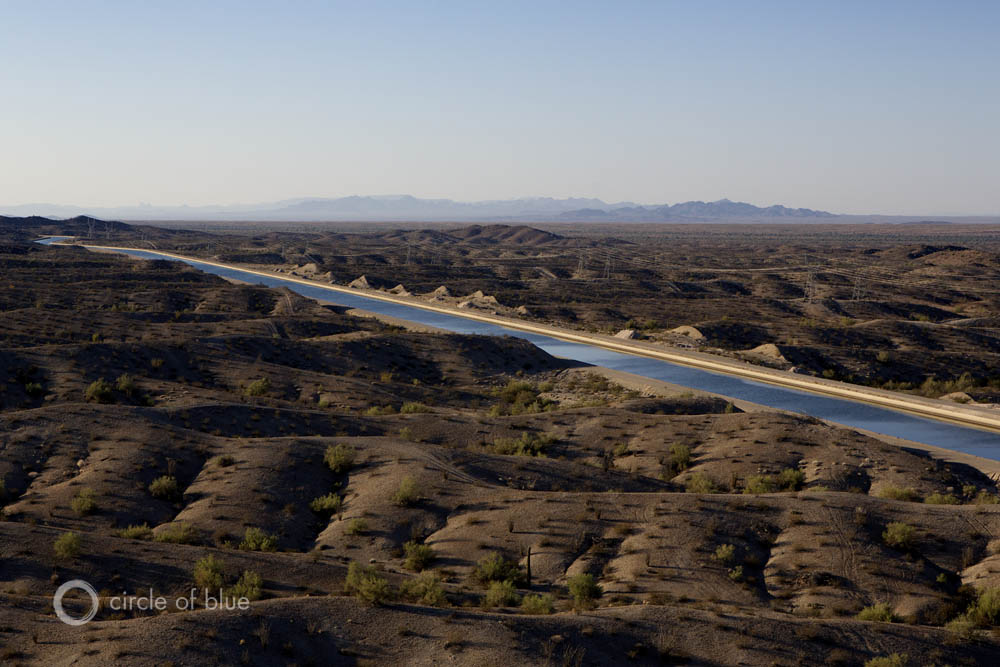
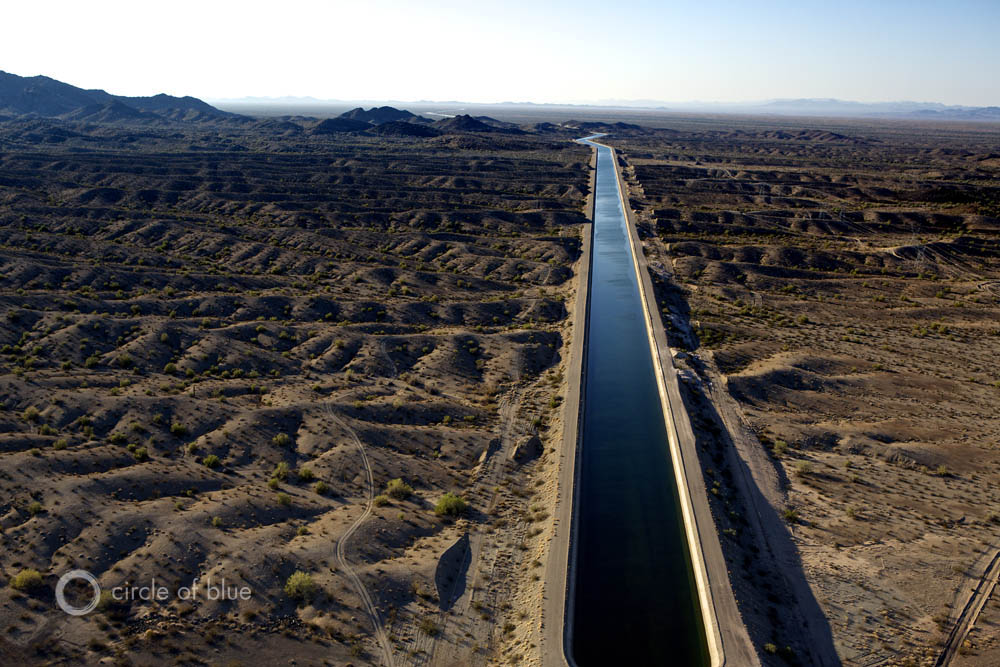
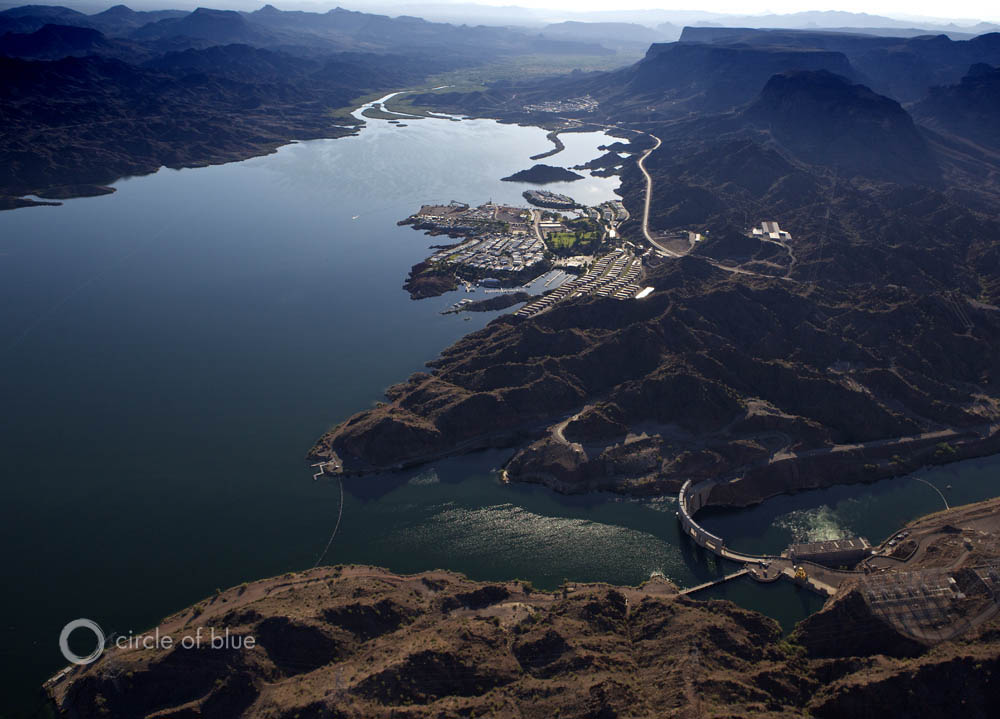
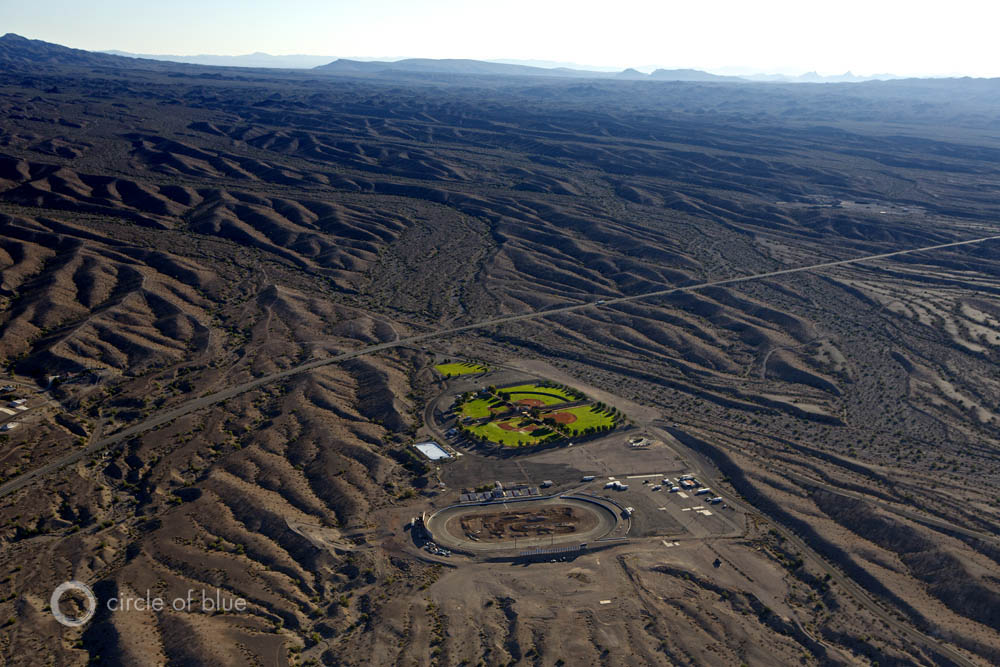
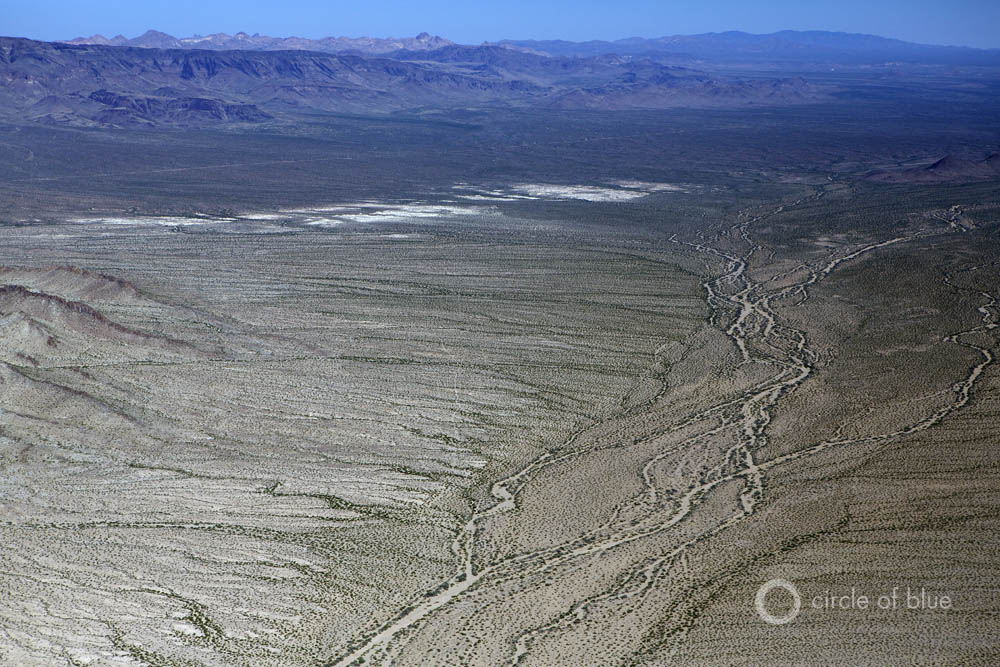
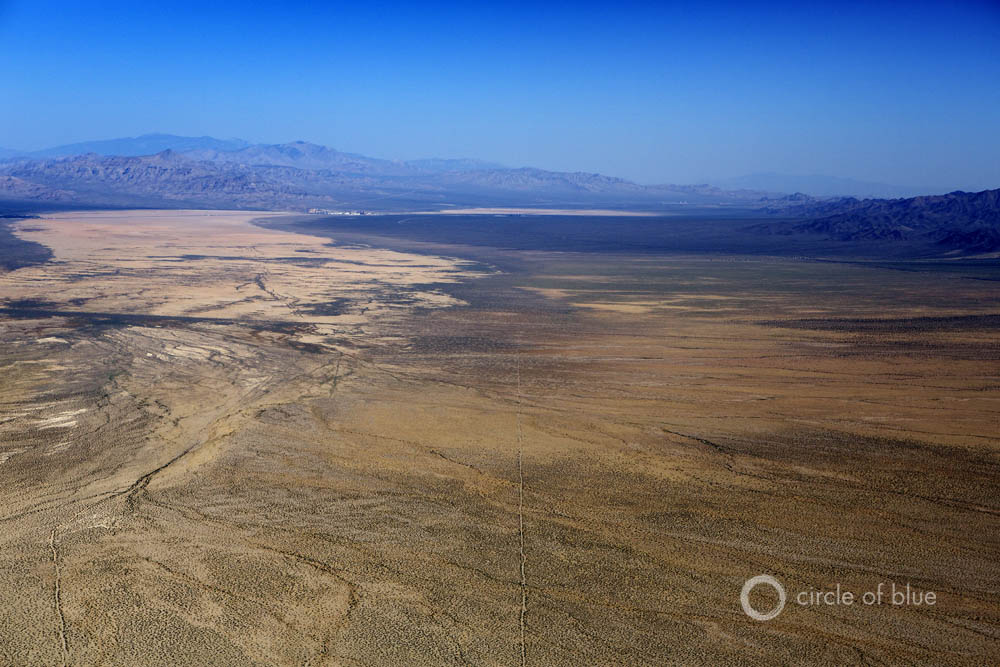
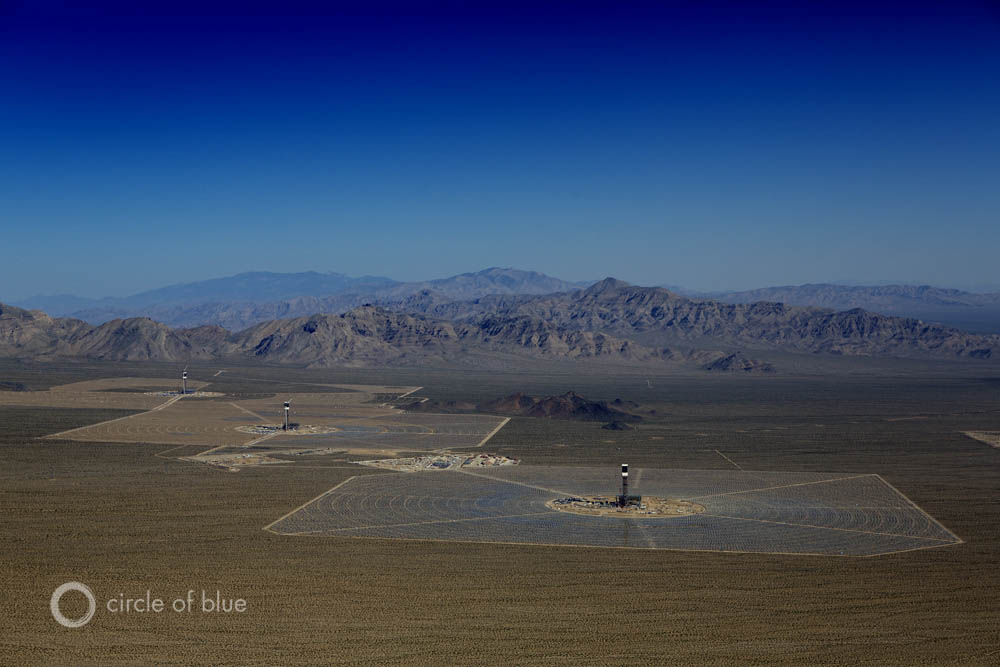
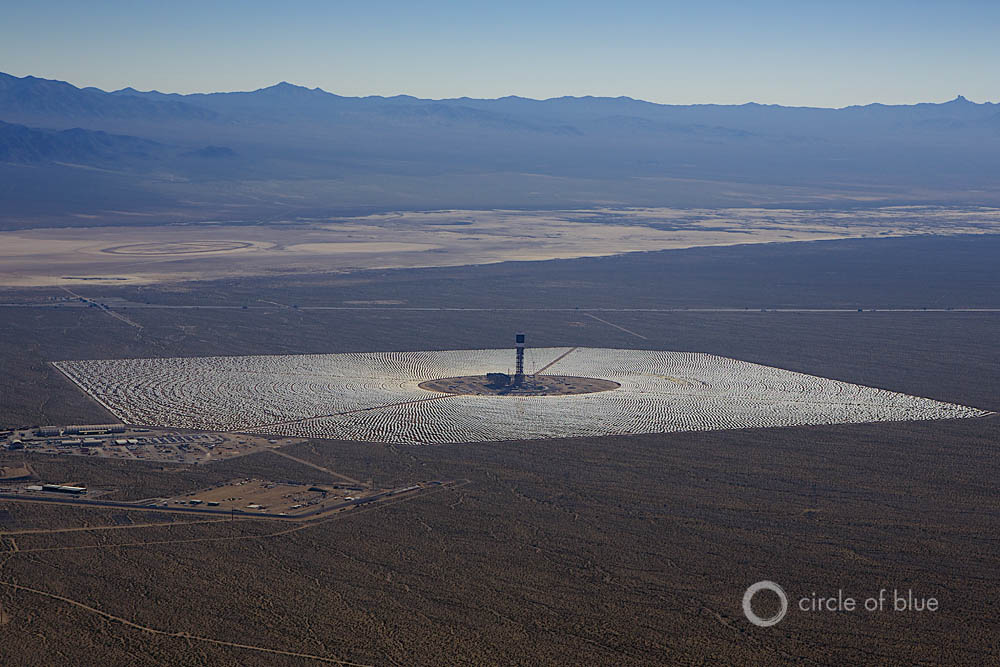
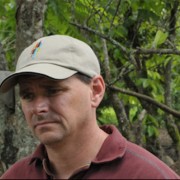

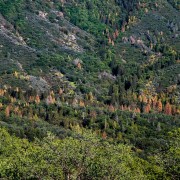
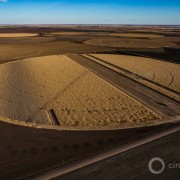
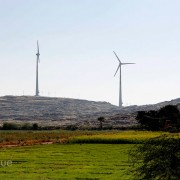


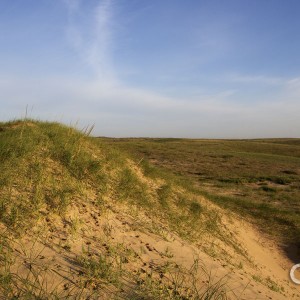
AMAZING!